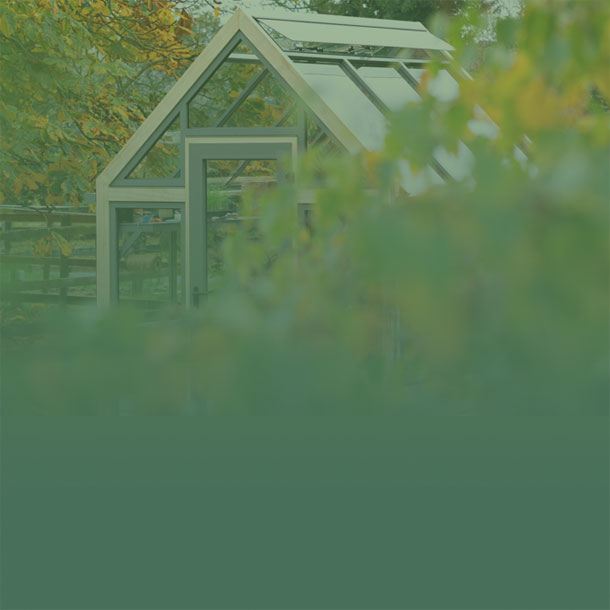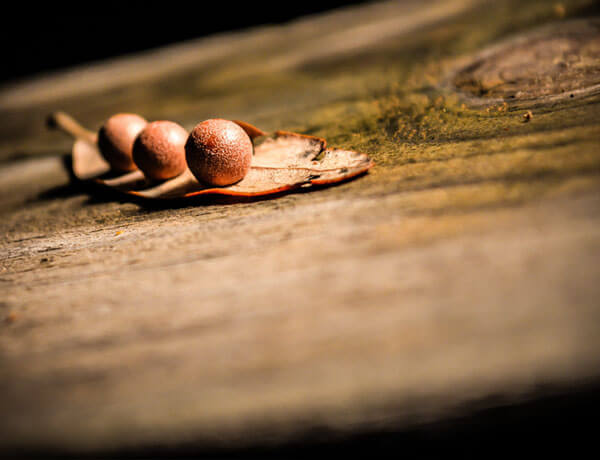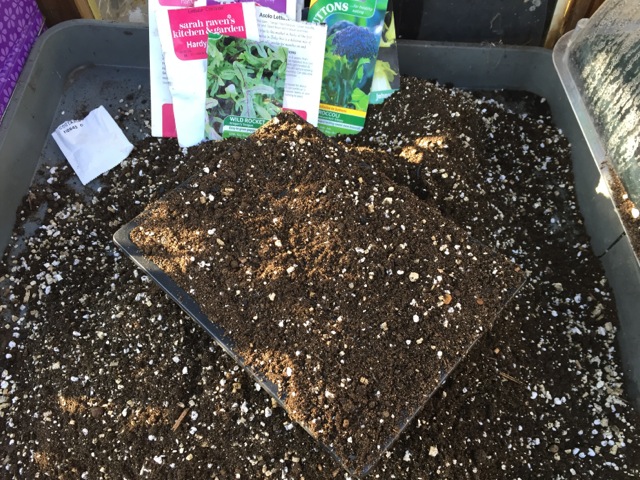-
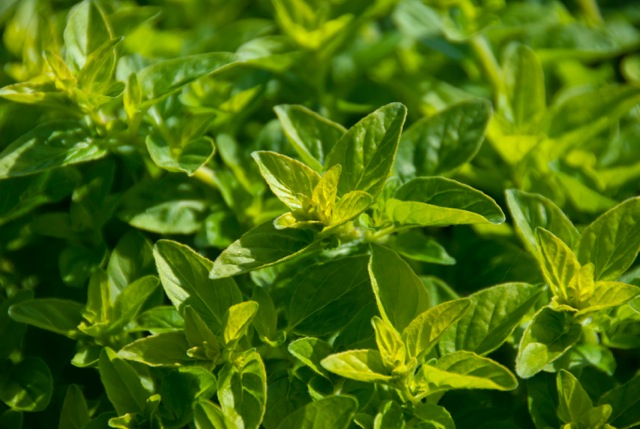
365 Days of Herbs
Herbs add savour, flavour and fragrance to our lives and whilst they may not be absolutely essential, life is immeasurably improved when they become a part of daily life. With a bit of planning you can pick many of your favourite herbs throughout the year. The herbs that originate in the Mediterranean – including rosemary and marjoram – love nothing better than a sunny spot and free draining soil (making them ideal for containers); moisture-loving herbs such as mint and sorrel appreciate a bit of shade; annual herbs like basil and coriander can be sown several times during the growing season to provide extended picking. Herbs come in all shapes and sizes too, from the prostrate thymes and mints that can be walked upon, to the architectural beauties, including rosemary and fennel, that look perfectly at home in the ornamental border. We are not alone in appreciating the aromatic qualities of herbs – they act as a magnet for beneficial insects too, planting them will increase the biodiversity of your garden. And not just in high summer either – rosemary (clearly still thinking it’s growing on Mediterranean shores) chooses to flower in winter and on a sunny day will be visited by both bumble and honey bees.
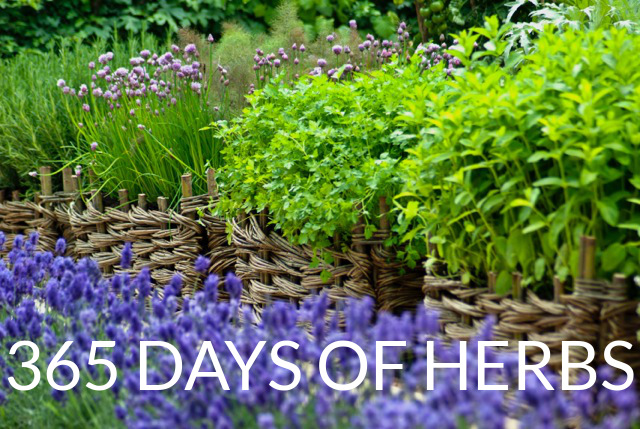
©Michelle Garrett
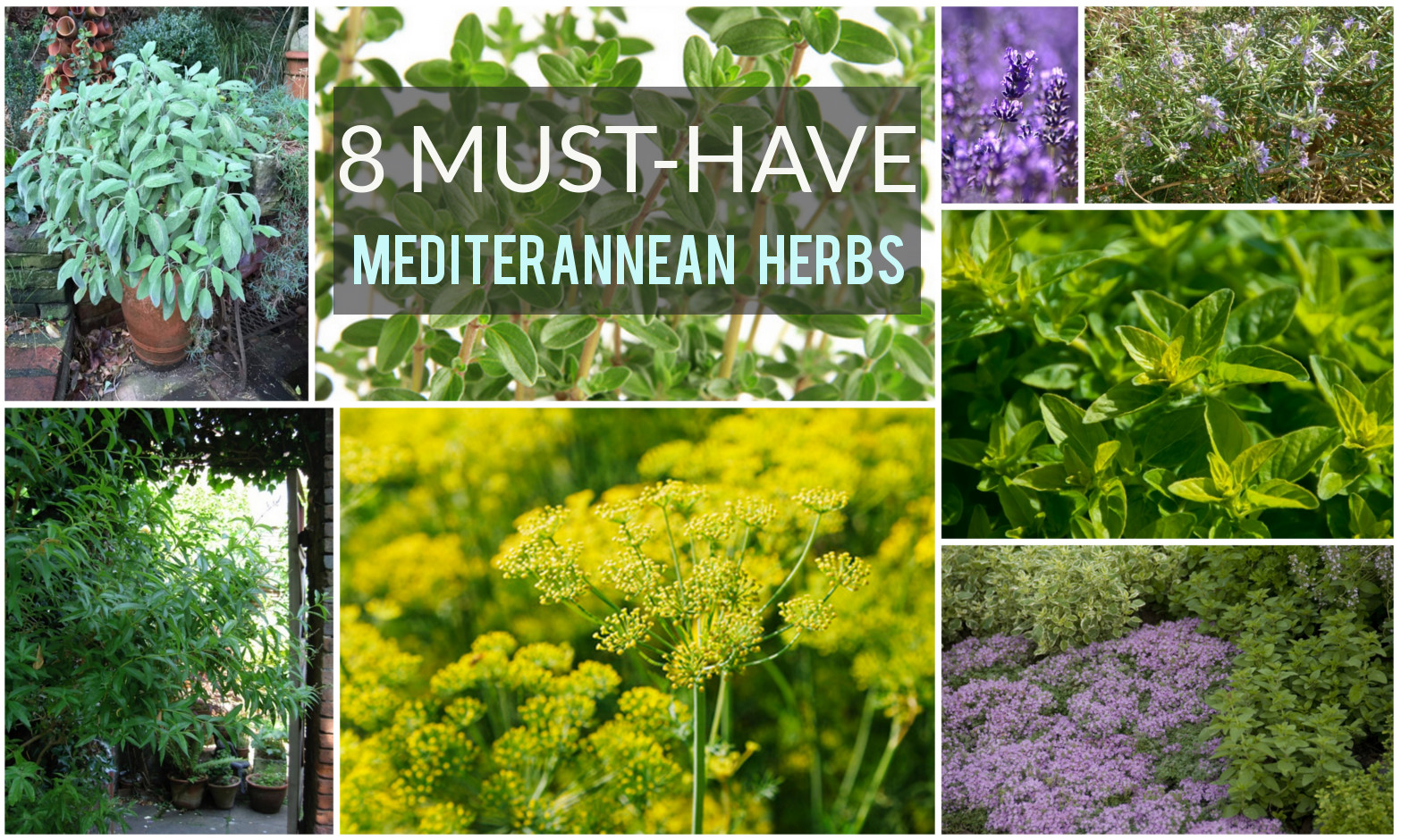
8 Must-Have Mediterranean HerbsThink of the rocky shores of the Mediterranean and it will tell you what you need to know about growing these herbs: poor, gritty, free-draining soil, loads of sunshine and not much water. If your garden can’t provide these conditions, or your climate is far too cold and wet, you can still grow these herbs in containers or give them with some winter protection – they don’t mind getting cold, it’s wet roots that kills them off. When you buy sun-loving herbs from a garden centre, check whether they are grown in a soil-based or soil-free compost. Those grown in soil-based compost will transplant readily, but soil-free compost is generally too moisture retentive for their needs so gently tease out the rootball and mix the potting compost with garden soil in the planting hole. Otherwise there is a risk that the soil-free compost will become a sump in wet conditions and conversely dry out entirely in hot weather.
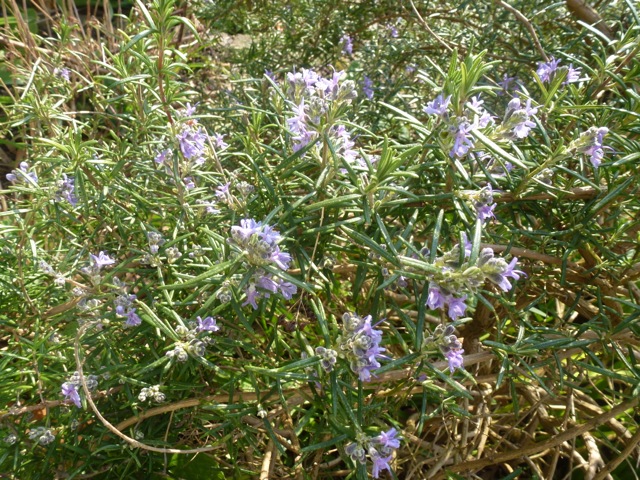 · Rosemary – an essential ingredient for Italian cookery, it is remarkably hardy and once established can grow into a large bush; upright varieties can be trained into topiary shapes or planted as a hedge; prostrate rosemaries look wonderful cascading over a wall
· Rosemary – an essential ingredient for Italian cookery, it is remarkably hardy and once established can grow into a large bush; upright varieties can be trained into topiary shapes or planted as a hedge; prostrate rosemaries look wonderful cascading over a wall · Bay – in mild areas bay will grow into a substantial tree, in colder regions it is best grown in a pot and given some winter protection
· Bay – in mild areas bay will grow into a substantial tree, in colder regions it is best grown in a pot and given some winter protection · Sage – towards the end of winter sage may drop its leaves if left outdoors; have a second plant in a pot that can be kept undercover
· Sage – towards the end of winter sage may drop its leaves if left outdoors; have a second plant in a pot that can be kept undercover
©Michelle Garrett
· Thyme – young thyme plants need winter protection; well-established plants will be fine and can be lightly harvested in mild conditions
· Oreganum – the punchy herb that gives its characteristic flavour to Greek dishes; it dries very successfully for use in winter when the plant has died back.
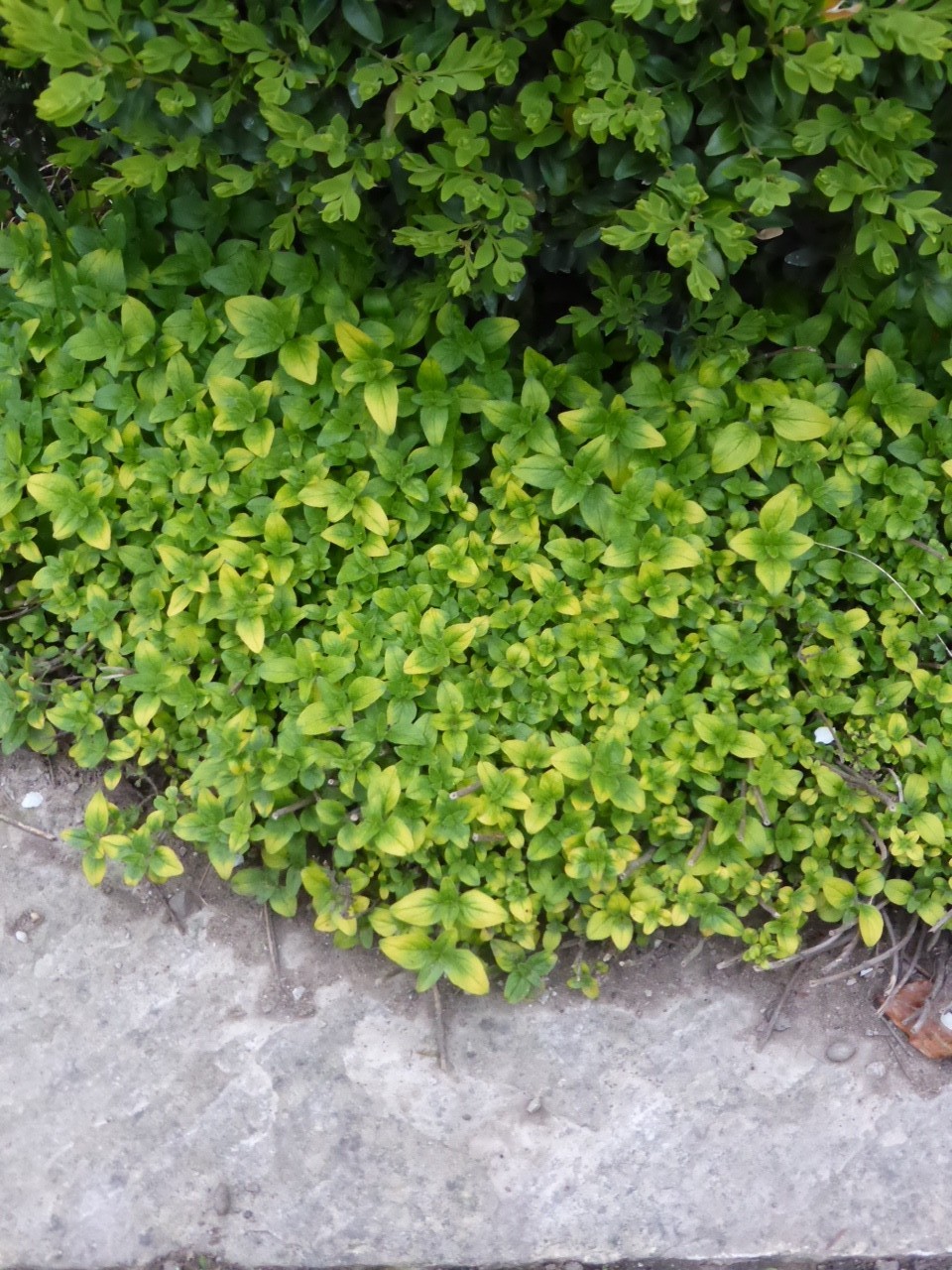 · Marjoram – the gentler flavoured relative of the oregano, it too dies back in winter but dries successfully for use in winter dishes
· Marjoram – the gentler flavoured relative of the oregano, it too dies back in winter but dries successfully for use in winter dishes · Fennel – with its habit of self-seeding prolifically it can be a thug unless flower heads are removed before seeds set; dies back in winter but all parts including stems and seeds can be dried
· Fennel – with its habit of self-seeding prolifically it can be a thug unless flower heads are removed before seeds set; dies back in winter but all parts including stems and seeds can be dried
©Michelle Garrett
· Lavender – primarily grown for fragrance the flowers and seeds can be used in small quantities to flavour food; cut back by half after flowering it will stand well through winter; seeds can be used to flavour sugar.
 · Lemon Verbena – an aristocrat amongst herb with a delicate lemon fragrance that makes a delicious tea and lends a subtle flavour to deserts and cakes; a half hardy shrub that will only survive outdoors in the most sheltered gardens, elsewhere it should be pot grown and moved undercover for the winter; do not prune until late spring when the new foliage starts to emerge; branches can be harvested in late summer and hung up to dry; the leaves reconstitute in hot water and appear freshly picked.
· Lemon Verbena – an aristocrat amongst herb with a delicate lemon fragrance that makes a delicious tea and lends a subtle flavour to deserts and cakes; a half hardy shrub that will only survive outdoors in the most sheltered gardens, elsewhere it should be pot grown and moved undercover for the winter; do not prune until late spring when the new foliage starts to emerge; branches can be harvested in late summer and hung up to dry; the leaves reconstitute in hot water and appear freshly picked.
6 Herbs for Shady Situations
These herbs hail from cooler or damper climates – this is why they like to grow in shadier conditions and richer, more water-retentive soils. With the exception of parsley they will all die back overwinter if grown outdoors, but will crop for longer if brought undercover. · Parsley – is a biennial that will grow from spring, through summer and winter and then seed the following year; pop a cloche over parsley plants and even if you have to dig through snow there will be green leaves for the picking; both flat-leaved and curly parsley appreciate a bit of summer shade or they will yellow and run to seed early
· Parsley – is a biennial that will grow from spring, through summer and winter and then seed the following year; pop a cloche over parsley plants and even if you have to dig through snow there will be green leaves for the picking; both flat-leaved and curly parsley appreciate a bit of summer shade or they will yellow and run to seed early · Mint – mint spreads through runners just beneath the surface, left unrestricted it will pop up all over the place and become a problem; grow it in a container or sink a pot in the ground with the rim above soil level; pick before flowering for an on going supply of leaves; pot up some roots in late winter for an early picking of fresh young leaves and grow them on the kitchen windowsill
· Mint – mint spreads through runners just beneath the surface, left unrestricted it will pop up all over the place and become a problem; grow it in a container or sink a pot in the ground with the rim above soil level; pick before flowering for an on going supply of leaves; pot up some roots in late winter for an early picking of fresh young leaves and grow them on the kitchen windowsill · Sorrel – the acidy-lemony flavour of sorrel is a great asset in the kitchen; cut leaves regularly to prevent it going to seed and it will remain productive most of the year
· Sorrel – the acidy-lemony flavour of sorrel is a great asset in the kitchen; cut leaves regularly to prevent it going to seed and it will remain productive most of the year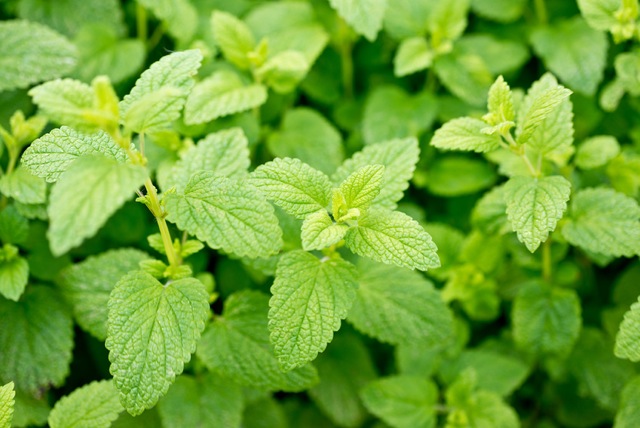 · Lemon Balm – another herb that likes to spread itself about so cut stems before it flowers or it will self seed everywhere; dies back in winter; grow where you can brush against it to release its scent; good in salads or cold dishes; lemon balm tea is supposed to be good for the memory
· Lemon Balm – another herb that likes to spread itself about so cut stems before it flowers or it will self seed everywhere; dies back in winter; grow where you can brush against it to release its scent; good in salads or cold dishes; lemon balm tea is supposed to be good for the memory
©Michelle Garrett
· Chives – a perennial herb that prefers a rich and moisture-retentive soil; it is more productive during the summer months if growing in semi-shade; keep harvesting leaves to extend its season; if allowed to flower it will go into rest mode; pot up a clump and bring indoors for winter crops
· French Tarragon – be sure to grow French rather than Russian tarragon – the former is a culinary delight, the latter a coarsely- flavoured garden thug; plant in gritty free-draining compost in a container that can be moved into partial shade during the summer months and undercover in winter; dies back in winter but you can preserve the flavour by steeping leaves in vinegar
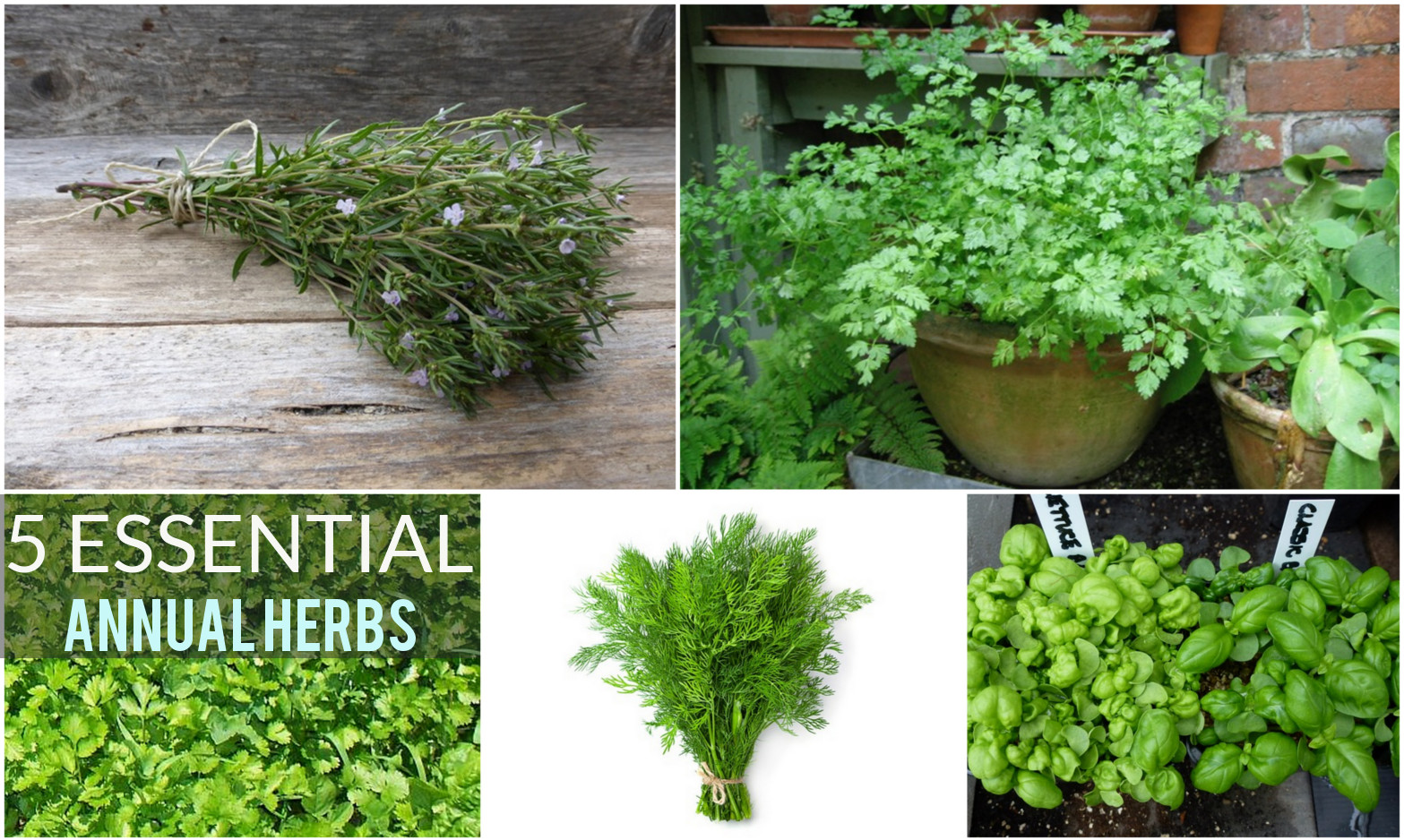
5 Essential Annual Herbs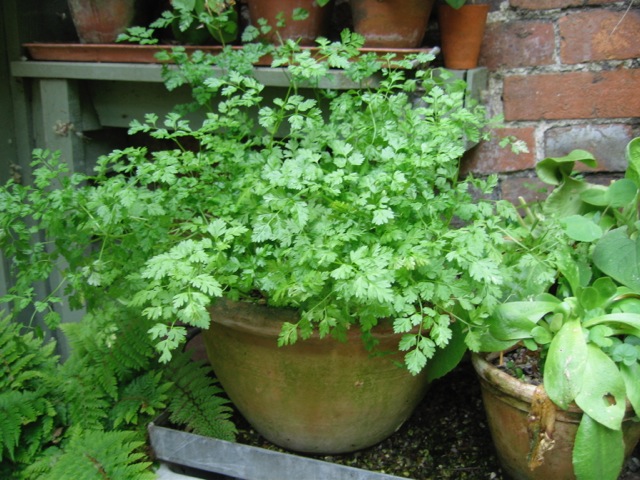 · Chervil – an easy-to-grow annual herb that will romp away in cool shade; delicate aniseed flavoured leaves; does not transplant but does well in containers; sow successively for a continued crop into autumn
· Chervil – an easy-to-grow annual herb that will romp away in cool shade; delicate aniseed flavoured leaves; does not transplant but does well in containers; sow successively for a continued crop into autumn · Coriander – an annual that prefers a moisture-retentive soil in light shade; it can be grown for its strongly flavoured leaves and stems or left to set seed for an entirely different flavour; sow successively until autumn for cutting green
· Coriander – an annual that prefers a moisture-retentive soil in light shade; it can be grown for its strongly flavoured leaves and stems or left to set seed for an entirely different flavour; sow successively until autumn for cutting green
 · Dill – similar to fennel, but a touch more delicate and refined; can be sown undercover and then transplanted into good moisture-retentive soil in partial shade; looks wonderful in the flower border; sow successively; chopped dill leaves freeze well
· Dill – similar to fennel, but a touch more delicate and refined; can be sown undercover and then transplanted into good moisture-retentive soil in partial shade; looks wonderful in the flower border; sow successively; chopped dill leaves freeze well · Basil – the taste of summer; delay sowing until day and night temperatures are consistently warm; in colder regions grow under glass; there’s an old saying that ‘basil hates to go to bed with wet feet’ in other words only water it in the morning and don’t leave it standing in water; needs heat and good light to grow in winter
· Basil – the taste of summer; delay sowing until day and night temperatures are consistently warm; in colder regions grow under glass; there’s an old saying that ‘basil hates to go to bed with wet feet’ in other words only water it in the morning and don’t leave it standing in water; needs heat and good light to grow in winter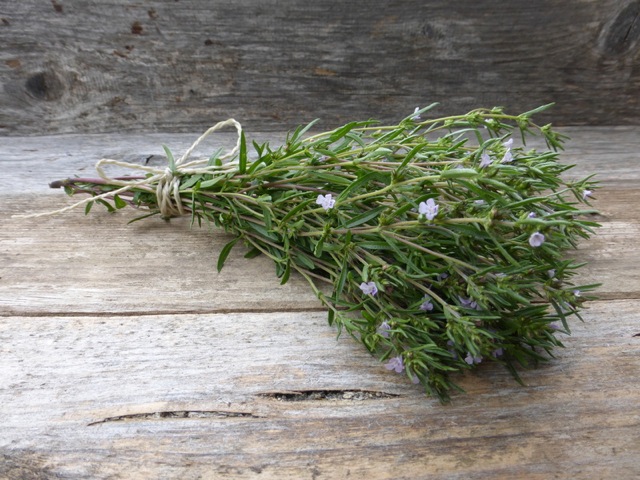 · Summer Savory – less well known than the other annual herbs but equally worth growing; it is the perfect accompaniment to broad beans and any other beans for that matter; sow undercover and then plant it amongst your beans or at the end of the row to remind you to crop it
· Summer Savory – less well known than the other annual herbs but equally worth growing; it is the perfect accompaniment to broad beans and any other beans for that matter; sow undercover and then plant it amongst your beans or at the end of the row to remind you to crop it© Stephanie Donaldson

